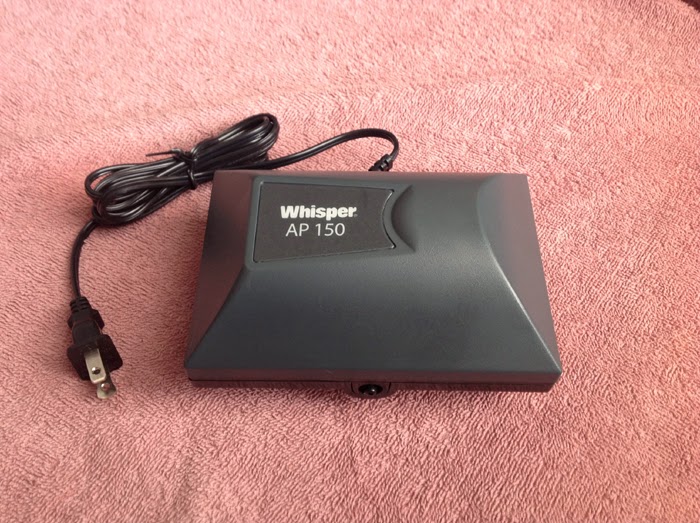A friend helped me make some 2" thick red oak planks for some outdoor storage shelves. The planks were made from discarded timber cuts found at a local lumber mill. I had to fill in some dry rot that was in one of the planks with an epoxy wood filler mix I made.
While I was at it, I decided to do a little experimenting with some (old) desk ink blotter (IB) paper I scored. Figured it might make usable substrate for fin plates when saturated with epoxy. The IB paper is very absorbent.
Four pieces of IB paper created a mini-panel (3" x 5") that is 3/32" thick. (Almost didn't get the test piece out from between the glass panes.)
Even with the short pot life, Kwik Kick epoxy completely saturated the 4 pieces of IB paper before the resin began to set up. I would want a bit slower set time when doing more than 4 pieces of IB paper in one sitting.
Four pieces of IB paper created a mini-panel (3" x 5") that is 3/32" thick. (Almost didn't get the test piece out from between the glass panes.)
Even with the short pot life, Kwik Kick epoxy completely saturated the 4 pieces of IB paper before the resin began to set up. I would want a bit slower set time when doing more than 4 pieces of IB paper in one sitting.
Got the test piece out this morning. Seems pretty tough. Couldn't break it with my hands/fingers.
Need to try laying up 16 pieces of IB paper next. Might give it a FG skin/shell after foiling for greater strength.

































































